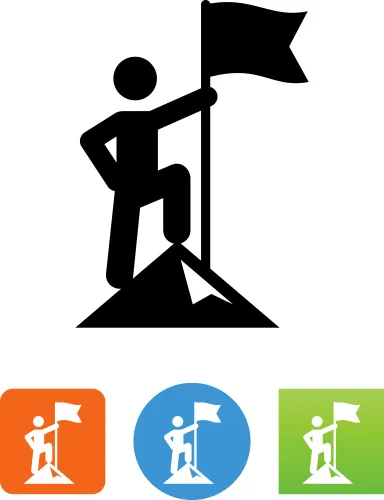Solidify Your Wound Care Claims with Expert Advice

Hint: Learn your LCDs to know which documentation details to include for wound care. When it comes to treating wounds in your outpatient facility, there are several steps you must take to submit clean claims. These include learning the various local coverage determinations (LCDs) from your payers, always making sure you bill the correct place of service (POS), and double-checking that the medical documentation includes all the needed details. Definition: Medically, a wound is defined as a disruptionin the integrity of the skin and substructures, said Linda Martien, CPC, COC, CPMA, AAPC Fellow, in the talk "Documentation for Wound Care. It's in the Details" she gave a few months ago at the fall AAPC Salt Lake City Regional Conference. Mark Down Correct POS to Avoid Costly Denials When it comes to wound care treatment, or any other procedure the physician performs, you want to make sure you are billing the correct POS to avoid denials. Example: A physician spends her morning seeing patients in an on-campus outpatient hospital wound care department. In the early afternoon, she sees patients in the inpatient hospital. In the late afternoon, she sees patients at her private office. In this case, you would report POS 22 (On campus - outpatient hospital) for the on-campus outpatient hospital wound care department, POS 21 (Inpatient hospital) for the patients she saw in the inpatient hospital, and POS 11 (Office) for the patients she saw in her private office. Check out two other common POS codes you may see when billing for outpatient facilities: Medical or Surgical Wound Care? Find Out Physicians treat wounds either medically or surgically, according to Martien. Take a look at what constitutes as both medical and surgical treatment. The following procedures fall under medical treatment for wounds, Martien said: Don't miss: Most medical therapies are conventional therapies, except for hyperbaric oxygen wound therapy (HBO), Martien said. HBO is an "advanced modality" that wound care providers sometimes use when other treatments have failed. The following procedures fall under surgical treatment for wounds, according to Martien Let Your LCD Guide Your Wound Care Documentation To know what's required in wound care documentation, use your local coverage determination (LCD) as your ultimate guide. Martien suggests using the following five keys to unlock your LCDs, no matter what the topicis: Know Specific Indications for Wound Care Martien offered the following debridement services LCD example from the MAC National Government Services (NGS) about indications of debridement: L33614 tells you that debridement is "removal deep-seated foreign material, devitalized or nonviable tissue at the level of skin, subcutaneous tissue, fascia, muscle, or bone, to promote optimal wound healing or to prepare the site of appropriate surgical intervention." L33614 also looks at the types of debridement, according to Martien. These include the following: Any wound care the physician performs must be in accordance with the accepted standards of medical practice, according to L33614. If the physician performs debridement, then the type of debridement must be appropriate for the type of wound, the devitalized tissue, and the condition of the patient. Don't miss: Ulcers that require selective debridement are typically larger than 2x2 cm, according to L33614. Caution: You should be aware that some LCDs will not allow you to use skin substitutes on an ulcer smaller than one square cm, Martien said. Grasp Wound Care Billing Limitations To understand some of the limitations for wound care, look at this example from the MAC First Coast Services Options, Inc.'s wound debridement LCD L33566. According to L33566, it is not considered debridement if the physician removes necrotic tissue by cleaning, scraping (other than by a scalpel or a curette), chemical application, or wet-to-dry dressing. This is non-selective debridement, Martien said.




